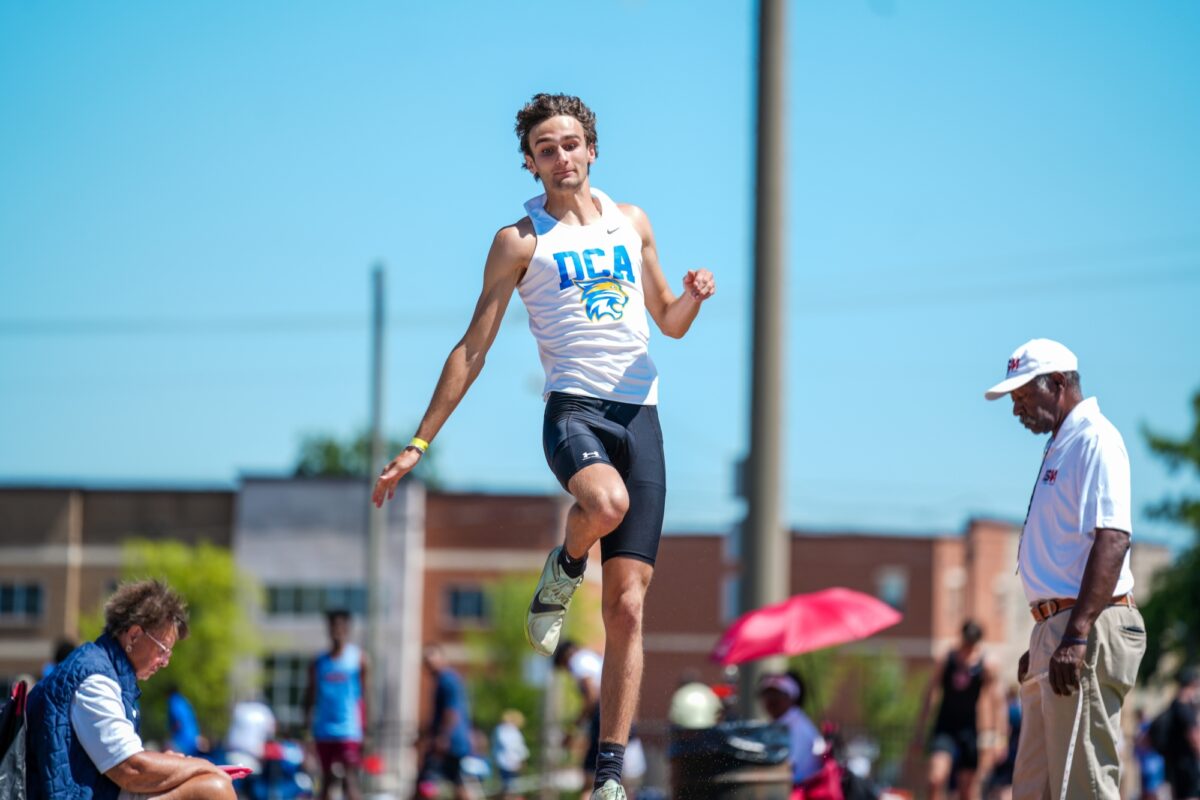The National Federation of State High School Associations (NFHS) Track and Field Rules Committee voted to place javelin‑construction specifications in the sport’s official rules book, effective with the 2026 season. The change follows the adoption of the javelin by 21 state associations.
The committee, meeting June 16‑18 in Indianapolis, approved 11 rule revisions, all of which were endorsed by the NFHS Board of Directors. Among them are new provisions aimed at reducing injury risk in high jump, pole vault and the horizontal jumps.
“Moving the implement construction specifications for the javelin into the rules book provides greater clarity, consistency and accessibility for high‑school coaches, athletes and meet officials,” said Julie Cochran, NFHS director of sports and liaison to the Track and Field Rules Committee. “It ensures the information is readily available, specific to the high‑school level and aligned with the intent of education‑based athletics.”
Key safety changes include:
- Medical assessment: A downed competitor may be evaluated by a health‑care professional without that assessment counting as aid, provided the athlete receives no assistance moving along the course.
- Warm‑up time: Rule 6‑8‑6 now allows a 1½‑minute warm‑up for high‑jump entrants and a two‑minute warm‑up for pole‑vault entrants who arrive more than 60 minutes after the first jump, eliminating long idle periods that could jeopardize safety.
- Padding clarification: New language in Rules 6‑9‑21 and 6‑9‑28 specifies that “items above ground level” – such as raised concrete, asphalt, wood or platform extensions – must be padded, distinguishing them from ground‑level surfaces already covered by existing landing systems.
- Take‑off board placement: Rule 3‑2‑3 gives the games committee authority to set take‑off board distances in the long and triple jumps, mirroring its role in setting heights for the high jump and pole vault.
Indoor‑track adjustments were also approved:
- The 200‑meter dash may now replace the 300‑meter dash in the official order of events, giving states flexibility based on facility size.
- Rule 9‑6‑1 establishes a uniform 20‑meter exchange zone for indoor relays, simplifying officiating.
Additional updates include a ban on audio or video devices during races (Rule 4‑6‑6c), a new note clarifying time limits for consecutive attempts in field events (Note 3, Rule 6‑2‑2), and metric revisions to tie‑breaking procedures (Rule 6‑3‑2b4(a)).
A complete list of the 2026 track‑and‑field rule changes will be posted on the NFHS website at www.nfhs.org. The printed rules book will be available for purchase in October, with a digital version released simultaneously via NFHS Digital. TSSAA head coaches receive free access to the digital rules book and are briefed annually on rules changes through mandatory rules clinics.
Track and field remains a marquee high‑school sport, topping participation lists for girls with 506,015 athletes in 17,267 schools and ranking second for boys behind football with 625,333 participants in 17,274 schools, according to the latest NFHS participation survey.


